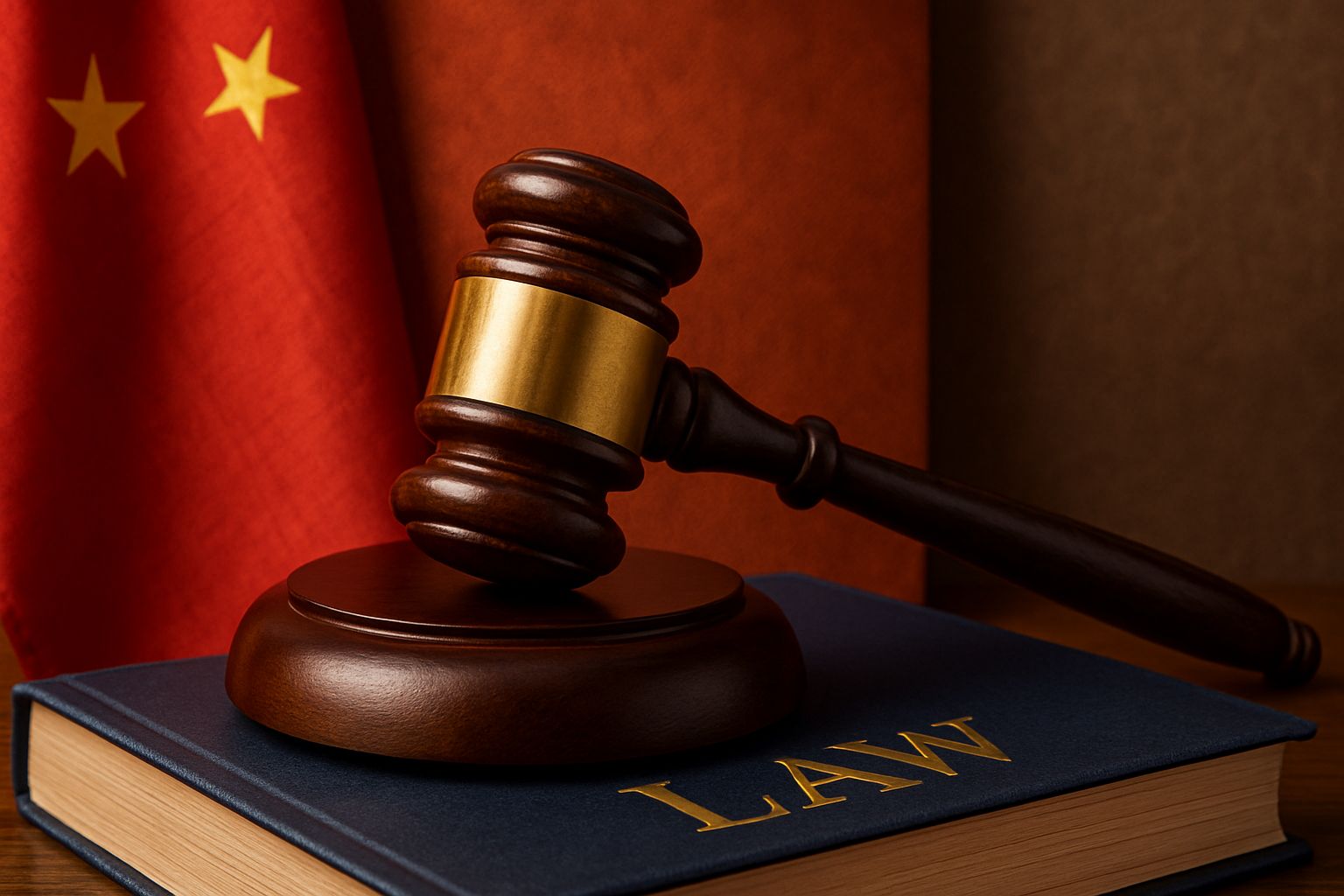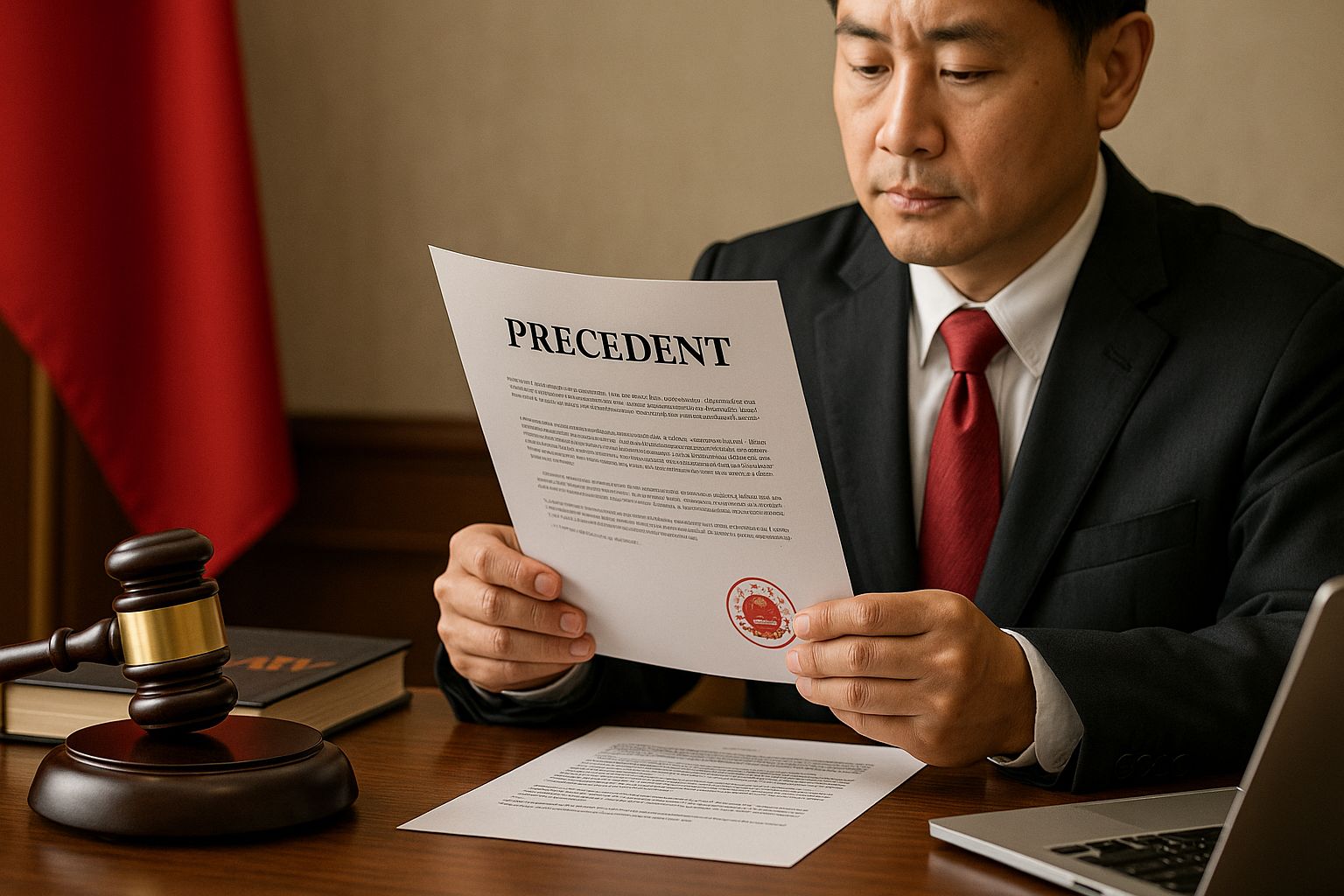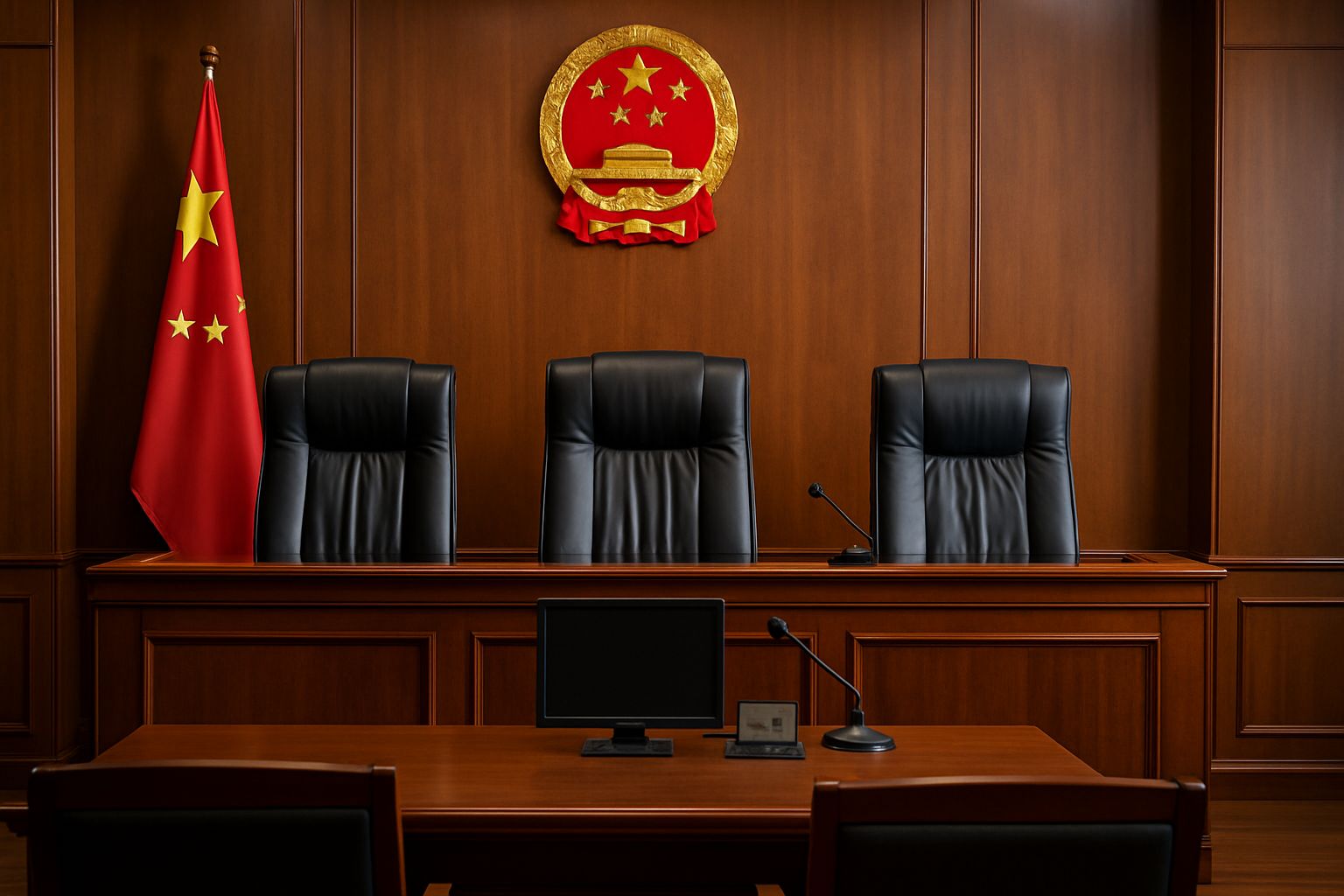Case precedent in China plays a growing role in shaping legal rulings and judicial decisions. Unlike common law systems, China’s legal framework treats precedents as important references rather than binding rules.
Understanding how case precedent in China influences court judgments is essential for businesses and legal professionals navigating the country’s evolving legal landscape. This blog examines the role of precedent, its impact on consistency in rulings, and ongoing efforts to strengthen its authority within China’s unique judicial system.
Want to understand legal responsibilities better? Check out our guide on the Burden of Proof in China.
Overview Of Case Precedent In China

China uses a civil law system, so precedents guide rather than bind. The country has developed unique tools like "guiding cases" to keep court decisions more consistent while sticking to statutes as the backbone.
Definition And Role In The Legal System
Case precedent in China means judicial decisions that guide future rulings on similar legal issues. The Supreme People's Court has issued guiding cases (指导性案例) since 2011.
These precedents help judges keep decisions more consistent across courts. The idea of 类案同判—"similar cases should be decided similarly"—is central here.
China doesn't use strict precedent like common law countries do. Courts treat precedents as persuasive authority rather than something they must follow. Statutes, like the Civil Code, still matter most.
The Supreme People's Court set up a hierarchy for precedents:
- Guiding cases (top priority)
- Example cases and Supreme Court judgments
- Reference cases from provincial high courts
- Judgments from higher courts
Recent reforms now make judges search for similar cases before deciding. This move strengthens precedent’s role but keeps the civil law base intact.
Differences From Common Law Precedents
China’s precedent system isn’t like those in the US or England. Stare decisis, where precedent is binding, doesn’t really apply in China.
Judges in China use precedents as guidance, not as rules they must follow. They get to decide whether to follow a past decision based on how similar the facts are.
The Supreme People's Court decides which cases become official precedents. In common law, almost any court decision could become precedent, which is a big difference.
Chinese precedents focus on practical guidance for specific legal problems. Common law precedents tend to set broader legal principles for future cases.
Chinese courts also care about how recent a precedent is—usually from the past three years. Meanwhile, common law courts might rely on much older cases unless someone overturns them.
Learn more about personal safety and legal protections with our detailed article on Assault in China:.
How Case Precedent Influences Legal Rulings
Case precedent shapes legal rulings in China by bringing more structure to court decisions and consistency across the system. Guidelines from the Supreme People's Court show judges how to use prior decisions in their work.
Application In Courts And Judicial Decisions
Chinese courts apply precedents in specific situations laid out by judicial practice guidelines. Judges have to look for similar cases when handling big, tough, or complicated legal matters.
The system requires precedent research in these situations:
- Cases sent to judges' meetings or adjudication committees
- When judicial principles aren’t clear or seem to conflict
- When court presidents or division heads supervise
- Other times when precedent analysis is needed
Similar cases have to match the current case in basic facts, dispute points, and legal application. This matching helps judges pick the right precedents.
Judges in China reportedly spend more time reading prior cases than statutes. They usually check out precedents before looking at the written law during decisions.
Courts also use precedents as "soft precedent" beyond the formal guiding case system. This fills the space between legislation and judicial interpretations in real-life situations.
Impact On Consistency And Predictability
Judicial precedents help courts across China make more consistent rulings. The precedent system cuts down on conflicting decisions about similar issues in different regions.
Precedents give judges established legal principles from earlier cases. This guidance helps ensure similar cases get similar treatment, no matter which court is involved.
The system makes things a bit more predictable for lawyers and citizens. Lawyers can give better advice by looking at how courts ruled on similar cases before.
Judicial interpretations become more standardized when courts follow precedent patterns. That kind of standardization boosts trust in China’s legal system.
Still, precedents in China don’t have direct binding force. Judges use them for guidance, not as something they must obey, which sets China apart from common law systems.
Role Of The Supreme People's Court Guidelines
The Supreme People's Court issues guidance that shapes how lower courts use precedents. These guidelines set out procedures for researching and applying precedent.
The guiding case system is the Court's way of building precedent influence inside China’s civil law structure. It’s not the same as Anglo-American systems, but it does push for case-based guidance.
New SPC guidance tries to fill the space between written laws and judicial interpretations. The guidelines encourage courts to follow legal principles from previous cases.
The Supreme People's Court makes it clear that China’s approach is not common law precedent. Their guidelines say precedents are for guidance, not binding authority.
Court guidelines require precedent searches in certain situations. They also set standards for finding and using judicial precedents in similar cases.
Challenges And Future Developments

China’s precedent system faces real obstacles in reaching full consistency, and ongoing reforms aim to give case authority more weight and create clearer legal frameworks for businesses in Chinese courts.
Limitations In Binding Precedent
China’s guiding case system doesn’t have the binding power of common law precedents. Judges can look at guiding cases, but they don’t have to follow them every time.
The system only produces a handful of officially recognized guiding cases each year. That leaves gaps in legal guidance for many situations courts actually face.
Main limitations:
- Inconsistent use across courts
- Not enough coverage of complex scenarios
- No strong enforcement mechanisms
- Regional differences in how courts interpret precedents
Lower courts sometimes ignore or misuse guiding cases without any real consequences. That definitely weakens the system’s ability to create uniform standards.
Efforts To Strengthen Precedent Authority
Judicial reforms in China focus on expanding precedent influence through tech and institutional changes. China Judgments Online now makes more court decisions available for legal professionals.
The Supreme People's Court is working to identify and publish more guiding cases. Recent reforms also require judges to explain why they don’t follow established precedents.
New training programs teach judges how to research and apply precedent properly. Courts are spending more time analyzing past cases during decisions now.
Reform measures include:
- Better case reporting systems
- Improved judicial training
- Stronger oversight of precedent use
- Digital platforms for case research
Implications For Domestic And Foreign Businesses
Businesses still face a lot of uncertainty because courts don’t always apply precedents the same way. Companies need to prepare for different legal interpretations depending on the region.
Foreign-invested enterprises really need to understand Chinese precedents to protect their interests. This matters a lot for intellectual property protection cases, since precedents shape enforcement standards there.
Intellectual property infringement cases increasingly rely on precedent to set damages and remedies. Companies should keep an eye on guiding cases in their sectors.
Legal teams need to track both official guiding cases and the "soft precedents" courts use. This dual approach helps predict outcomes in business disputes and regulatory issues.
Planning business changes? Discover key Corporate Restructuring Legal Issues in China to navigate smoothly.
Conclusion: Case Precedent China
Case precedent in China is gradually gaining importance, helping courts interpret laws more consistently within a primarily civil law system. While not binding like in common law countries, guiding cases offer valuable reference points that influence judicial decisions.
Understanding this evolving role is crucial for businesses and legal professionals operating in China’s unique legal environment. Staying informed about these developments can improve legal strategies and outcomes.
For more insights on navigating China’s legal system, read our article on Criminal Defense Lawyers in China.
Frequently Asked Questions: Case Precedent China
What is the guiding case system in China?
The Supreme People’s Court in China issues guiding cases to assist lower courts in interpreting laws consistently. These cases serve as a guide for judges, but it's important to note that they are not legally binding in the same way precedents are in common law systems. Nonetheless, judges often review these precedents before statutes when making decisions on cases.
What legal system is used in China?
China operates under a civil law system, which is primarily based on written statutes and codes. The Supreme People’s Court issues practice notices to ensure a unified interpretation of the law across the judicial system. This approach fundamentally differs from Anglo-American legal systems, which are largely based on judicial precedents.
How to file a lawsuit in China?
To file a lawsuit in China, one must submit a written complaint to the appropriate court. Courts base their decisions predominantly on relevant statutes and guiding cases. It is crucial that the evidence presented aligns with legal requirements for judges to consider it valid and use it as a basis for their ruling.
Is China not a case law country?
China is not a traditional case law country; its legal system primarily relies on written statutes rather than binding judicial precedents. However, it's worth noting that the influence of precedents is growing, particularly in specialized areas like intellectual property courts. The system can be seen as a blend, combining the core principles of civil law with an increasing emphasis on precedent for guidance.
Subscribe to receive updates
Subscribe to receive the latest blog posts to your inbox every week.



